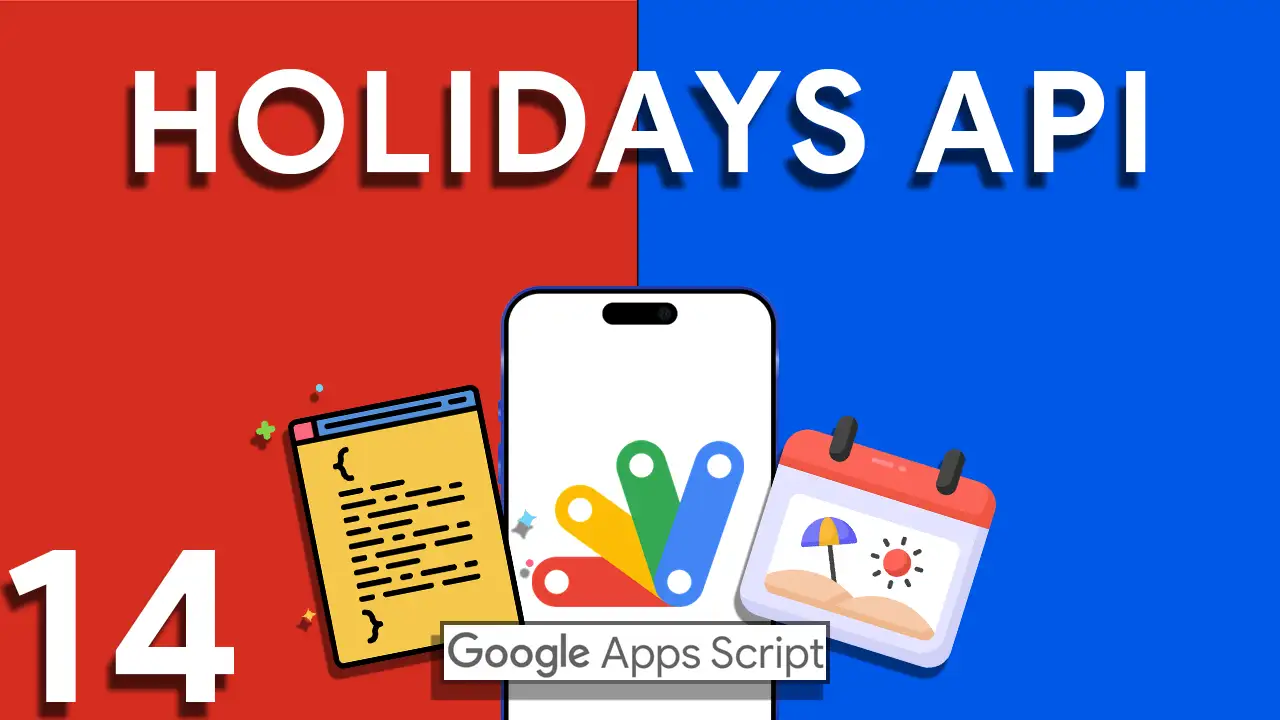Continuing from the previous exploration of utilizing the FILTER expression in AppSheet for dynamic PDF generation, this blog post will delve deeper, focusing on a more advanced usage scenario: filtering data to include rows where a certain field is not blank. This capability is essential for creating reports that only contain entries with specified information present, ensuring relevance and efficiency in document generation.
Building on the foundational use of the FILTER expression in AppSheet, this tutorial explores how to refine your PDF reports further by including only those records with specific, non-empty fields. This method is particularly useful for generating documents where completeness of data is crucial.
The Enhanced FILTER Expression
The expression:
<FILTER("CUSTOMER", ISNOTBLANK([Name])) >>
initiates a loop in your PDF template over all records in the “CUSTOMER” table where the “Name” column is not blank. This ensures that your generated PDF will only contain customer records with names provided, eliminating any entries that lack this essential information.
- To leverage this advanced filtering capability in your AppSheet PDF generation process, follow these strategic steps:
- Identify Essential Data Fields: Determine which fields are critical for the reports you wish to generate. This approach is not limited to customer names but can apply to any vital data point.
- Customize Your PDF Template: Incorporate the enhanced FILTER expression into your template, adjusting it to match the field(s) you’re focusing on.
- Generate More Targeted PDFs: Use this method to create PDF reports that are automatically curated to include only the most relevant and complete data entries.
Benefits of Utilizing Non-Blank Field Filtering
- Increased Data Relevance: By filtering out blank entries, you ensure the information in your reports is always relevant and complete.
- Enhanced Report Clarity: Reports become more concise and valuable to the reader, containing only entries that meet your predefined criteria.
- Improved Efficiency: Saves time for the end-users of your reports by pre-selecting only the necessary data points for their review.
-
-
-
- Comprehensive Testing: Rigorously test your FILTER expressions to confirm they correctly exclude blank entries as intended.
- Optimize for Performance: Be mindful of your data set’s size and complexity to maintain your app’s responsiveness.
- Design Considerations: Ensure your PDF template is designed to dynamically adjust to the varying lengths of filtered data sets, maintaining readability and aesthetics.
Conclusion
Advanced filtering techniques, such as excluding blank fields with the FILTER expression, significantly enhance the functionality and efficiency of PDF generation in AppSheet. By focusing on entries that meet specific completeness criteria, developers can provide more targeted, relevant, and concise reports. This approach not only optimizes the value provided to the end-user but also demonstrates the powerful flexibility of AppSheet’s no-code platform for customized document automation.
-
-







